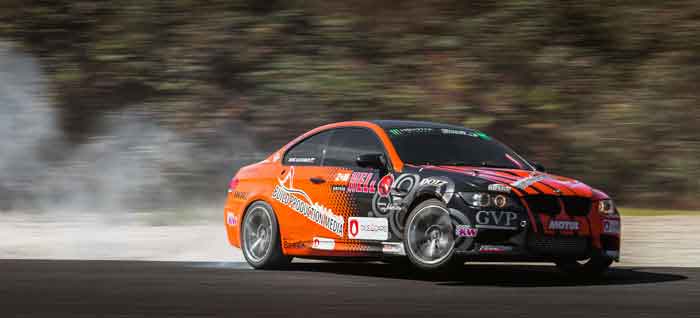Also known as All Terrain Vehicles (or ATVs) is defined by the America National Standards Institute as a vehicle that travels on low pressure tires with a seat that is straddled by the operator, along the handlebars for steering control. They are primarily designed for off-road use and can handle a variety of different terrains, making them extremely helpful to those working in agriculture and land management. Other uses include border patrol, construction, sheep herding, military, search and rescue, surveying and pipeline transport. It is operated and ridden much like a motorcycle, however the extra wheels provide extra stability at slower speeds. Most ATVs are designed for just the driver, however tandem ATVs are available that can accomodate a driver and a passenger.
It is also possible to buy sports models which are used competitively in offload events. These are built with performance instead of practical uses in mind and are usually lighter in weight, stronger in power and have a good suspension and low centre of gravity. Some models have even been modified to race in the desert, on ice, for climbing hills and even drag racing. There is even an ATV class in the Dakar Rally.
In some countries such as the UK, ATV are road legal vehicles under certain regulations. The law often requires the rider to hold multiple licences and to adhere to a number of strict safety rules, similar to those riding a motorcycle. It is also becoming a popular recreational activity in many places around the world, which allows experts and novices alike to experience riding the vehicles for fun over different terrain hazards.
To minimise potential risk there are a number of things you can do to ride your quad bike more safely. Much like any vehicle, checking the engine and all moving parts regularly is a must, and keeping them serviced frequently is essential to keep the vehicles healthy. Riders should be fully trained and skilled to operate or under strict supervision of those who are and aware of all the risks and hazards that are not normally expected.
Protective clothing is very important, and a helmet should always be worn. This is often one of the safety regulations that one must practice to be able to drive an ATV legally on the street. When driving on the street, it pays to dress as if you are operating a motorcycle with strong and resistant leathers, strong boots, reflective clothing and gloves so that you are easily seen by other drivers and that, in the unlikely event that you fall off the ATV, you minimise damage to your body. When operating an ATV off road, although a lot of these regulations will not be enforced, it is a sensible idea to follow them anyway and to protect yourself against any accident that could occur, especially bearing in mind that you are more likely to roll the vehicle and fall off as you traverse difficult terrain.
ATVs are essential vehicles to several different industries, besides the agriculture industry and the military, and not only have a number of very practical uses, but are incredibly fun to operate.




